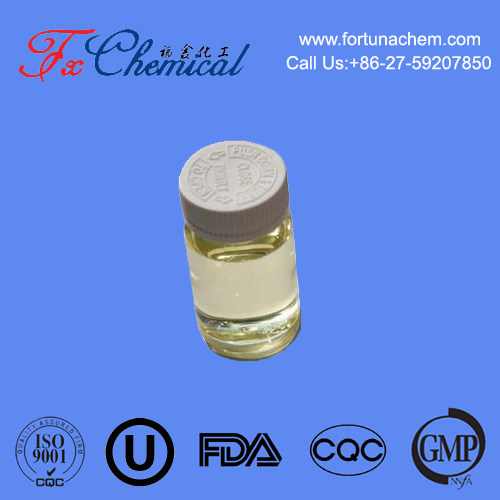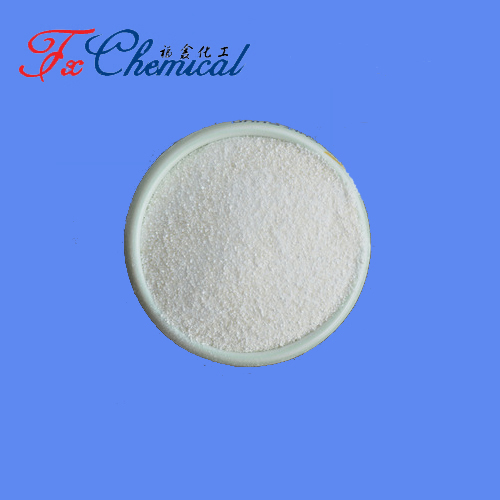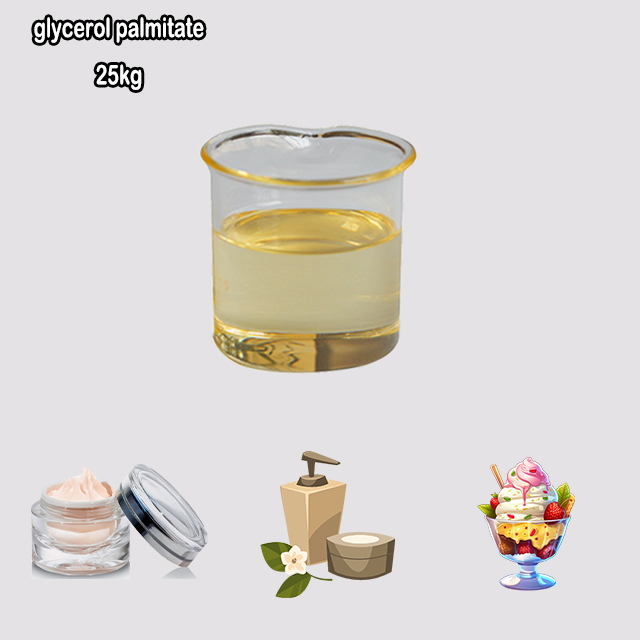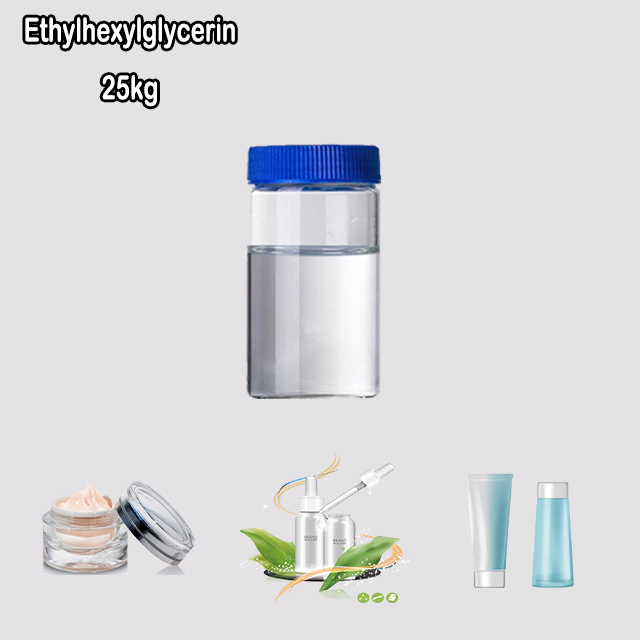
Search

Search

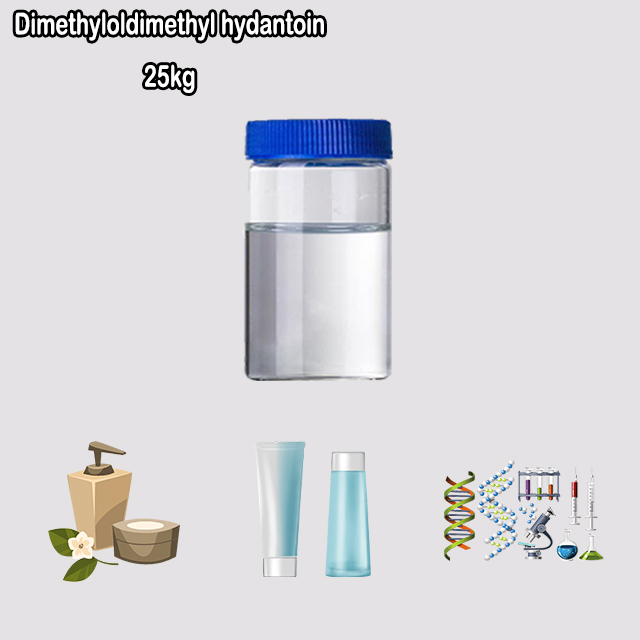
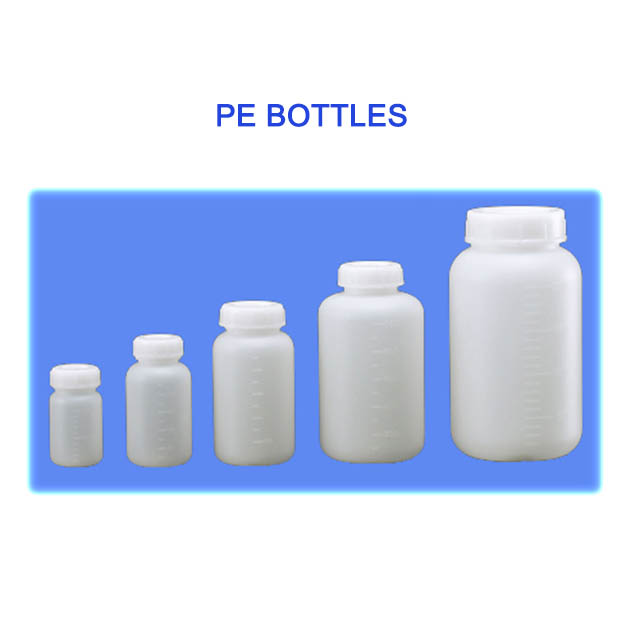
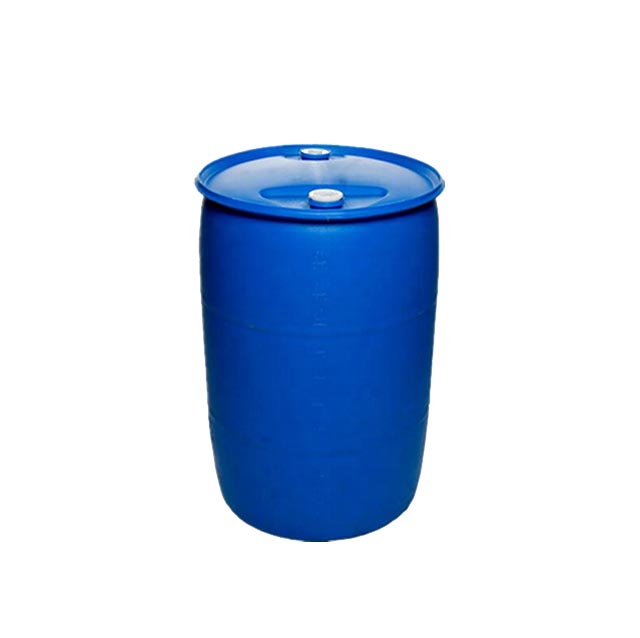
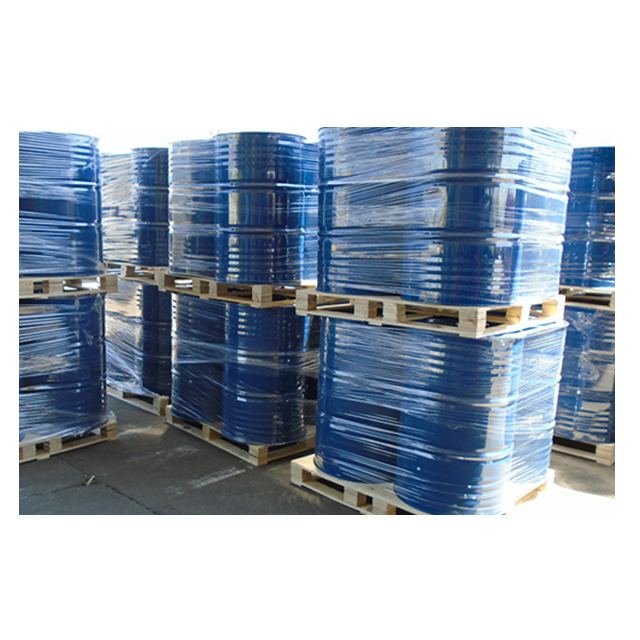
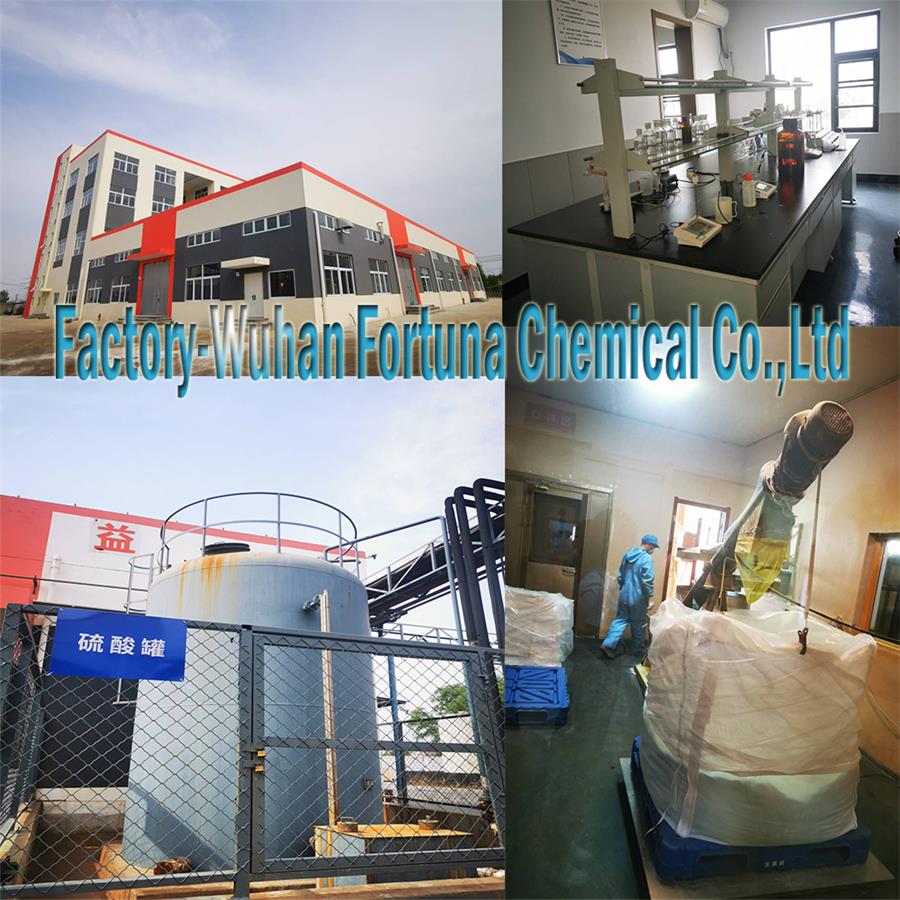





Dimethyloldimethyl hydantoin is used in shampoos, conditioners, cosmetics as bactericidal preservatives.
Dimethyloldimethyl hydantoin has a wide antibacterial spectrum and high activity, which has a good inhibitory and killing effect on gram-positive bacteria and negative bacteria, and has a certain inhibitory effect on yeast and mold. Dimethyloldimethyl hydantoin is widely used in shampoos, conditioners, creams, bath gels and other liquid cosmetics, which are safe and effective for wash-off and resident products.
| Items | Specification | Result |
Appearance | Colorless to pale yellow liquid | Colorless to pale yellow liquid |
| Acidity(pH) | 5.0-7.0 | 6.10 |
| DMDMH | 54%-56% | 56.0% |
| Specific Gravity | 1.14-1.18 | 1.166 |
| Fee Formaldehyde | ≤0.9% | 0.46% |
| Total Formaldehyde | 17.0%-18.0% | 17.88% |
| Product parameters | |
| Cas number: | 6440-58-0 |
| Appearance: | Colorless to pale yellow liquid |
| Purity: | 54%-56% |
| Package details: | 200kg/drum |
| Brand: | Fortunachem |
Dimethyloldimethyl Hydantoin, most commonly known by its acronym DMDM Hydantoin, is a synthetic organic compound that belongs to a class of chemicals known as formaldehyde-releasing agents or formaldehyde donors.
Its primary function is to act as a preservative in a wide range of water-based, personal care, and cosmetic products. It works by inhibiting the growth of bacteria, yeast, and mold, thereby preventing product spoilage and protecting the consumer from potential infection.
Mechanism of Action: DMDM Hydantoin works by slowly releasing a very small amount of formaldehyde over time. Formaldehyde is a powerful, broad-spectrum antimicrobial agent. It denatures the proteins and disrupts the cellular processes of microorganisms, effectively killing them and preventing contamination.
Why use a "donor"? Using a formaldehyde-releasing agent like DMDM Hydantoin is preferred over using pure formaldehyde itself because it provides a more controlled, sustained, and lower-level release of the active ingredient. This makes it less irritating while still being effective at preservation.
DMDM Hydantoin is found in a vast array of products that contain water and are susceptible to microbial growth. You will typically find it in:
Hair Care: Shampoos, conditioners, hair styling gels, and mousses.
Skin Care: Lotions, moisturizers, creams, liquid soaps, and sunscreens.
Cosmetics: Foundations, mascaras, and other makeup products.
Household Cleaners: Certain liquid detergents and cleaning solutions.
It is often used in combination with other preservatives (like parabens or isothiazolinones) to create a broader spectrum of protection against different types of microbes.
This is the most critical aspect of DMDM Hydantoin. Its safety is a topic of significant debate and concern among consumers and regulatory bodies.
Major regulatory agencies around the world, including the U.S. FDA and the European Commission's Scientific Committee on Consumer Safety (SCCS), permit the use of DMDM Hydantoin in cosmetics within specific concentration limits (typically up to 0.6%).
These agencies have reviewed the scientific data and concluded that it is safe for use as a preservative in rinse-off products (like shampoo) and at lower concentrations in leave-on products (like lotion).
Formaldehyde Allergy: The main risk associated with DMDM Hydantoin is that it can cause allergic contact dermatitis in individuals who are sensitive or allergic to formaldehyde. Symptoms can include redness, itching, blistering, and skin rash.
The "Dose Makes the Poison": The very low level of formaldehyde released is not considered a health risk for the vast majority of people. However, for those with a pre-existing sensitivity, even trace amounts can trigger a reaction.
The association stems from the fact that formaldehyde is classified as a known human carcinogen by the National Toxicology Program (NTP) and the International Agency for Research on Cancer (IARC) when there is significant and prolonged inhalation exposure (e.g., in industrial settings like furniture manufacturing).
However, the context is crucial. The cancer classification is based on inhalation risks in occupational settings, not on the trace amounts released from topical cosmetic products applied to the skin.
Health Canada, the EPA, and the Cosmetic Ingredient Review (CIR) Expert Panel have consistently concluded that the use of formaldehyde-releasing preservatives like DMDM Hydantoin in cosmetics does not pose a cancer risk to consumers due to the minimal exposure levels and different route of exposure (dermal vs. inhalation).
This is a widespread claim, particularly on social media and in consumer reviews.
There is no conclusive scientific evidence linking DMDM Hydantoin to hair loss (alopecia) in the general population.
The proposed theory is that an allergic reaction or contact dermatitis on the scalp could theoretically lead to inflammation, which might, in severe cases, temporarily disrupt the hair growth cycle and cause shedding. However, this would be a rare and individual-specific reaction, not a common effect.
| Aspect | Description |
|---|---|
| What it is | A formaldehyde-releasing preservative (donor). |
| Primary Function | To prevent microbial growth (bacteria, mold, yeast) in water-based products. |
| Commonly Found In | Shampoos, conditioners, lotions, liquid soaps, cosmetics. |
| Key Safety Concern | Allergic contact dermatitis in individuals with a formaldehyde sensitivity. |
| Regulatory Status | Approved for use globally (e.g., US, EU, Canada) within strict concentration limits. |
| Cancer & Hair Loss Risk | Not supported by mainstream scientific consensus for topical cosmetic use. |
Conclusion: DMDM Hydantoin is an effective and widely used preservative that is considered safe by regulatory bodies when used as directed. However, due to its mechanism of action, it can cause skin irritation and allergic reactions in formaldehyde-sensitive individuals. If you have sensitive skin or a known allergy to formaldehyde, you may want to avoid products containing this ingredient.
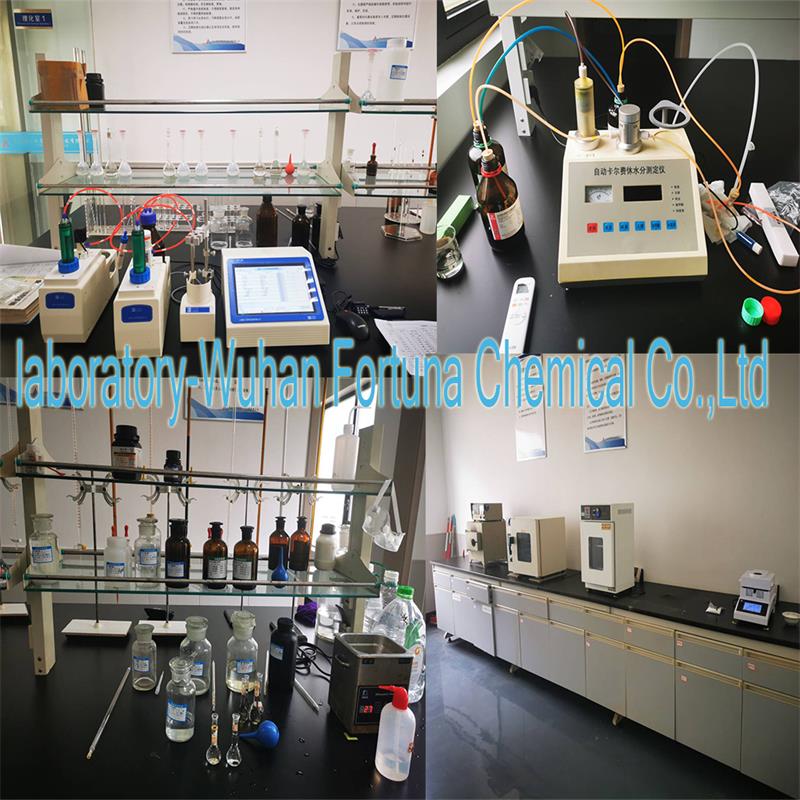
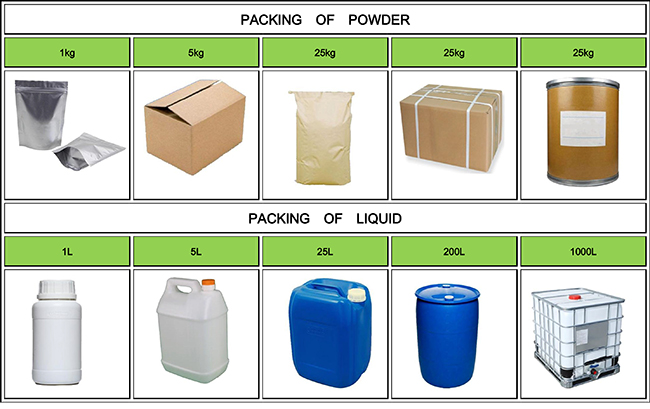
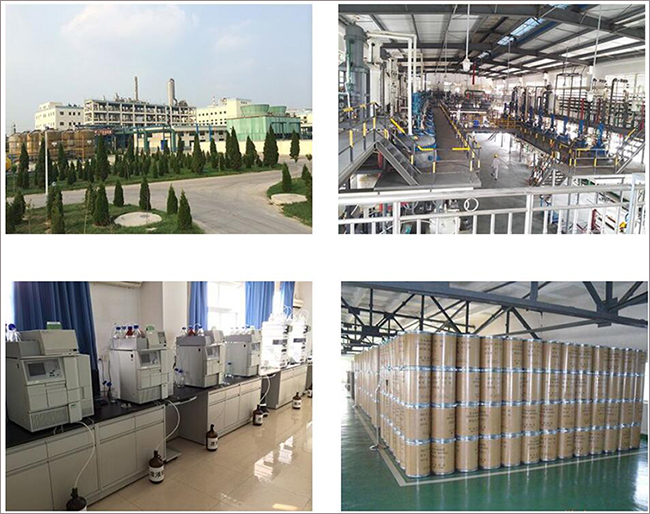
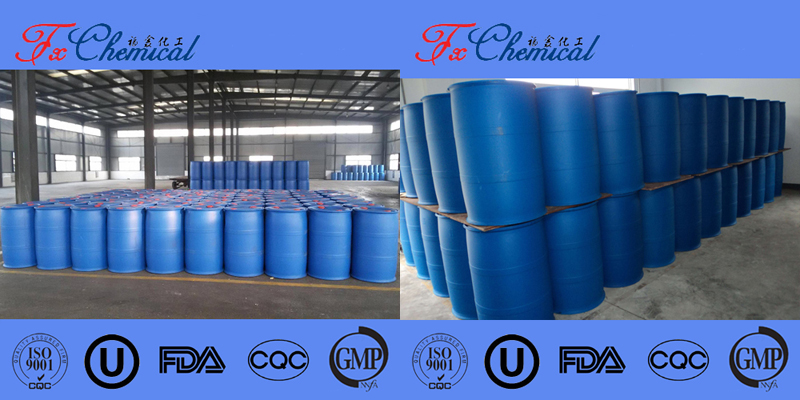
Guaranteed the purity
High quality & competitive price
Quality control
Fast feedback
Prompt shipment


Fortunachem Provides Not Only Professional Chemical Products But Also Professional Help
Keeping you up-to-date with all the latest information, news, and events about Fortunachem!

Quick Links
Add:
E-mail:
 English
English  Español
Español  français
français  العربية
العربية 